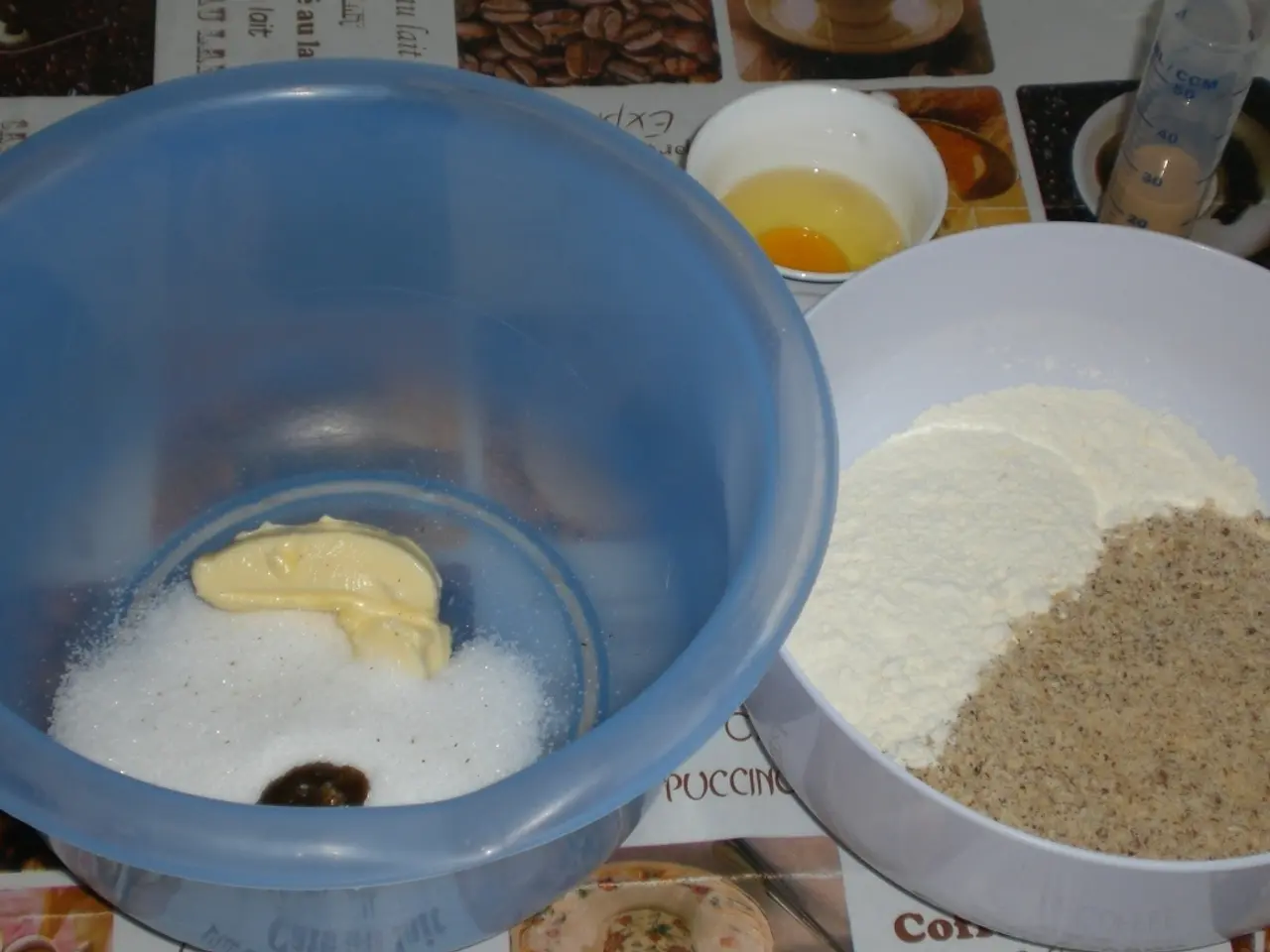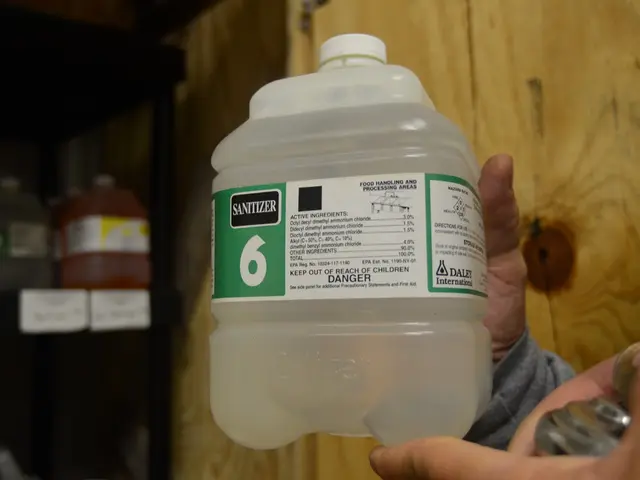Bowel Incontinence: Recognizing Signs, Management Strategies, and Preventive Measures
Fecal incontinence, a condition characterized by an uncontrolled passage of stools, can be a challenging issue for many individuals. However, with the right approach and treatment, it can be effectively managed.
A change in diet, focusing on increased fluid and fiber intake, can sometimes provide relief. This simple adjustment can help regulate bowel movements and improve stool consistency [1]. Other symptoms associated with fecal incontinence include abdominal pain, bloating, and anus irritation or itchiness [2].
Conservative treatments for fecal incontinence often begin with dietary modifications and pelvic floor exercises. Dietary adjustments aim to regulate bowel habits, with a focus on increasing fiber intake to bulk stools and avoiding irritants that exacerbate symptoms [3]. Pelvic floor physical therapy is another effective method, designed to strengthen muscles controlling defecation and improve muscle coordination [4].
For those who do not respond to conservative treatments, injectable bulking agents such as Solesta may be considered. These non-animal stabilized hyaluronic acid/dextranomer injections aim to improve continence by augmenting the anal canal tissue [5].
In cases of fecal impaction, treatments include manual disimpaction, suppositories, and enemas to soften and remove impacted stool. Severe cases may require hospitalization and more aggressive management [6].
When conservative treatments fail, surgery may be an option. This can include sacral nerve stimulation, which modulates nerve activity to improve continence, and in some cases, repair or reconstruction of the anal sphincter [7].
Bowel training programs can also help patients with poor sphincter control or low awareness of the urge to defecate. Another type of bowel training, known as biofeedback, involves using a pressure-sensitive probe to help patients learn to strengthen their anal sphincter muscles [8].
It's important to note that treatment depends on the underlying cause, severity, and patient-specific factors. Diagnostic tests such as endoscopy, anal manometry, anorectal ultrasound, defecography, and anal electromyography may be necessary for a more thorough diagnosis [9].
Fecal incontinence affects around 1 in 12 adults in the United States and can have a significant impact on a person's quality of life, emotional and mental health, and self-esteem. It's crucial to seek medical advice and treatment to manage this condition effectively [10].
References: [1] Mayo Clinic. (2021). Fecal incontinence. https://www.mayoclinic.org/diseases-conditions/fecal-incontinence/diagnosis-treatment/drc-20373249 [2] National Institute of Diabetes and Digestive and Kidney Diseases. (2021). Fecal incontinence. https://www.niddk.nih.gov/health-information/digestive-diseases/fecal-incontinence [3] Cleveland Clinic. (2021). Fecal incontinence. https://my.clevelandclinic.org/health/diseases/17036-fecal-incontinence [4] American College of Gastroenterology. (2021). Fecal incontinence. https://www.acg.org/patients/disease-information/fecal-incontinence [5] Solesta. (2021). Solesta for fecal incontinence. https://solestafecal.com/ [6] National Institute of Diabetes and Digestive and Kidney Diseases. (2021). Fecal impaction. https://www.niddk.nih.gov/health-information/digestive-diseases/fecal-impaction [7] American Society of Colon and Rectal Surgeons. (2021). Fecal incontinence. https://www.fascrs.org/patients/diseases-and-conditions/fecal-incontinence [8] National Institute of Diabetes and Digestive and Kidney Diseases. (2021). Biofeedback. https://www.niddk.nih.gov/health-information/digestive-diseases/biofeedback [9] Mayo Clinic. (2021). Fecal incontinence. https://www.mayoclinic.org/diseases-conditions/fecal-incontinence/diagnosis-treatment/drc-20373249 [10] National Institute of Diabetes and Digestive and Kidney Diseases. (2021). Fecal incontinence. https://www.niddk.nih.gov/health-information/digestive-diseases/fecal-incontinence
- Chronic conditions like obesity and diabetes can increase the risk of developing fecal incontinence due to their impact on digestive health.
- Predictive models in science could help identify individuals at high risk for such complications, aiding in early interventions.
- Mental health conditions, such as depression, often coexist with fecal incontinence, making it important to address mental-health care alongside medical-conditions treatment.
- In addition to men's health concerns, women may face unique issues with fecal incontinence due to factors like childbirth or hormonal changes, necessitating attention to both women's and men's health.
- Adequate skincare is essential for managing fecal incontinence, as the condition can lead to irritation and inflammation in the anal area.
- Strict diets, such as lactose-intolerance, may exacerbate the symptoms of fecal incontinence, making it crucial to consider dietary restrictions during treatment.
- In the field of health and wellness, understanding the complex interplay between chronic diseases like fecal incontinence and mental health disorders could lead to more holistic and effective treatment strategies.
- Type II treatments may involve interventions like injectable bulking agents or surgery, which focus on improving anus muscle coordination and anal canal tissue to enhance continence.








